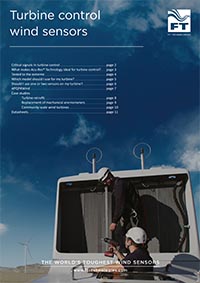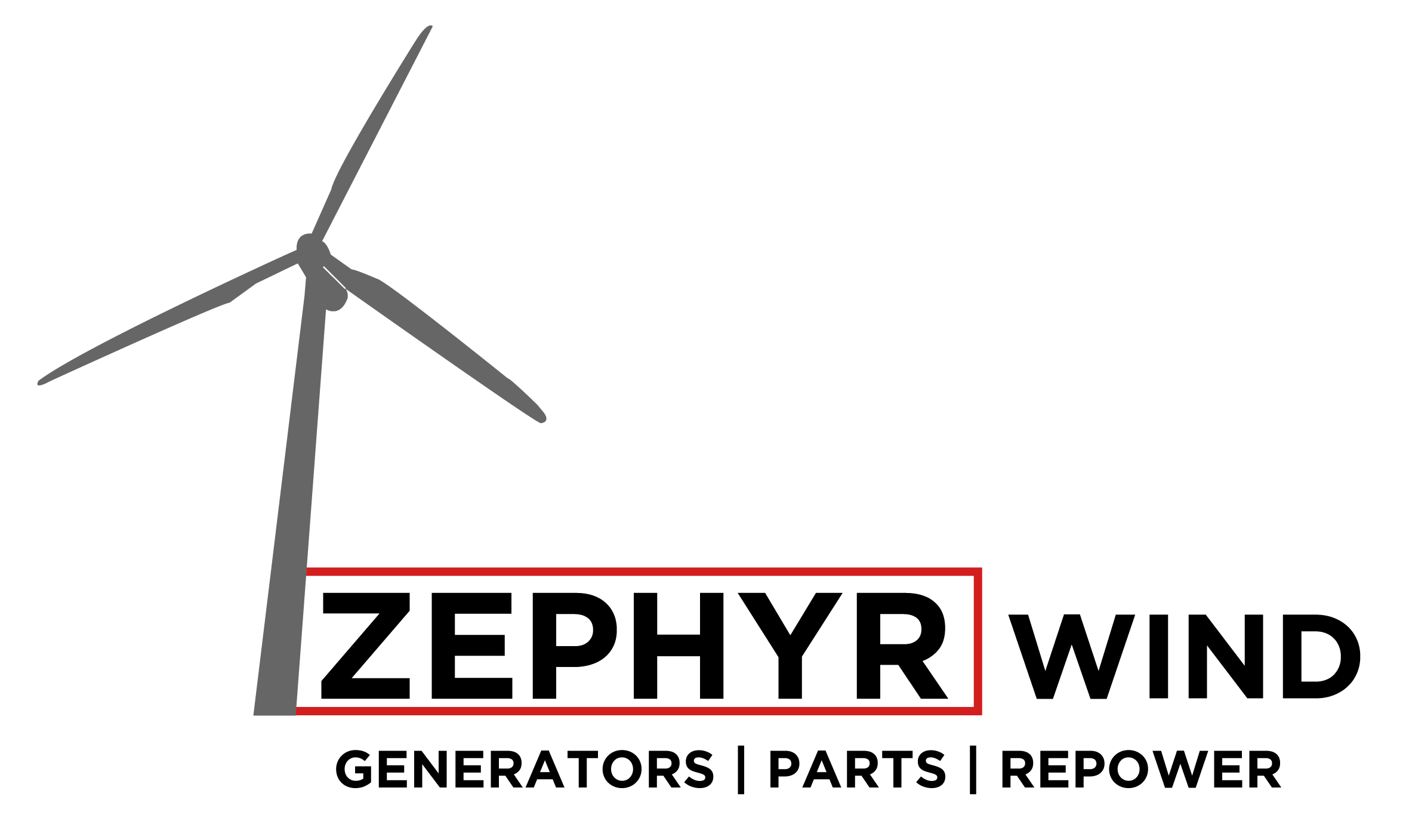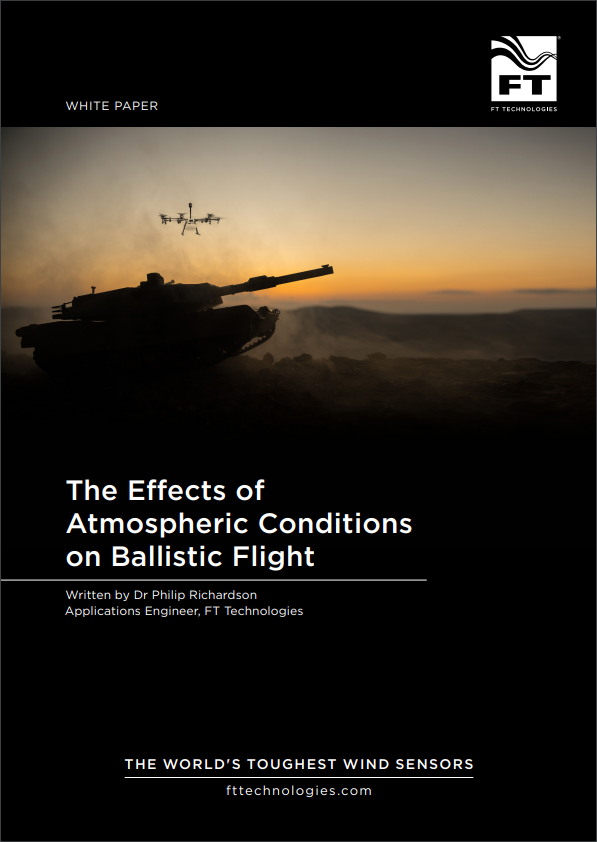Measuring wind turbine wake turbulence using unmanned aircraft at a wind farm in Denmark.
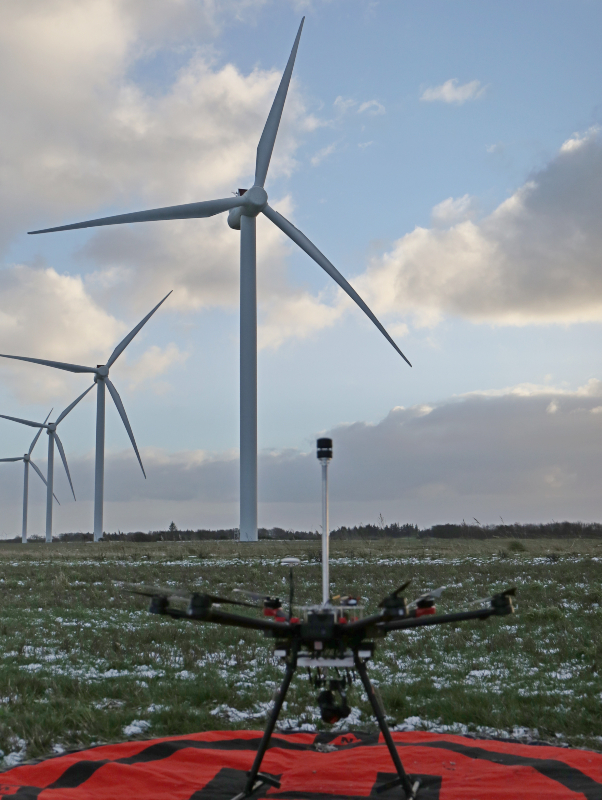
Background
Aalborg University, Denmark, is engaged in a research project looking at how to transport spare parts to offshore wind turbines using unmanned aircraft, directly from the service harbour to the wind turbine nacelle. If successful, the new system would replace the transportation of parts by ship, followed by the slow and cumbersome craning to get the parts up to the nacelle. The aim is to greatly reduce costs and disruption to the operation of the wind turbine.
Since wind turbines tend to be located where it is windy, and since delivery of spare parts would ideally happen without stopping the turbine, there are many challenges. Aalborg University turned to FT to help assess the safety of operating drones right over the nacelle whilst the blades continue to spin, even in strong and turbulent wind.
Project
To determine the wind conditions right at the location of the unmanned aircraft, Aalborg University acquired an FT742-SM sensor and mounted it first on a “smaller” drone, a DJI Matrice 600, and subsequently on the aircraft that will conduct test deliveries during the research project – a 90kg rotorcraft drone.
The M600 drone was used initially for two reasons. Initially, it was not known exactly what to expect when hovering a few meters over the nacelle of a 100m high 6MW wind turbine, 5 meters behind the rotating blades at wind speeds exceeding 20m/s. So the researchers decided to use a relatively inexpensive drone. Secondly, the multirotor configuration allowed for the wind sensor to be mounted above the rotor wake which would otherwise have influenced the wind measurements. The sensor was placed on a 50cm long aluminium rod, and then flown gradually closer to the nacelle to see the results.
Video shows:
Top-left: Attitude of the aircraft.
Top-right: Difference in actuation of front/back motor and left/right motors on the drone.
Bottom-left: Wind speed as measured by the FT742-SM in m/s (blue) and direction (purple). The red shows wind speed on the ground, but this data was lost for this flight.
Bottom-right: The strength of the magnetic field relative to the nominal magnetic field (dashed horizontal line).
The most interesting part of the flight is between 7 and 9 minutes into the video. The rapid changes in wind speed shows the shading of the wind turbine blades as they pass in front of the drone.
Subsequently, the FT742-SM wind sensor was moved to the T50 aircraft and fitted upside down, below the fuselage. To ensure that the sensor could produce useful data in this position, it was flown a number of times in different wind conditions.
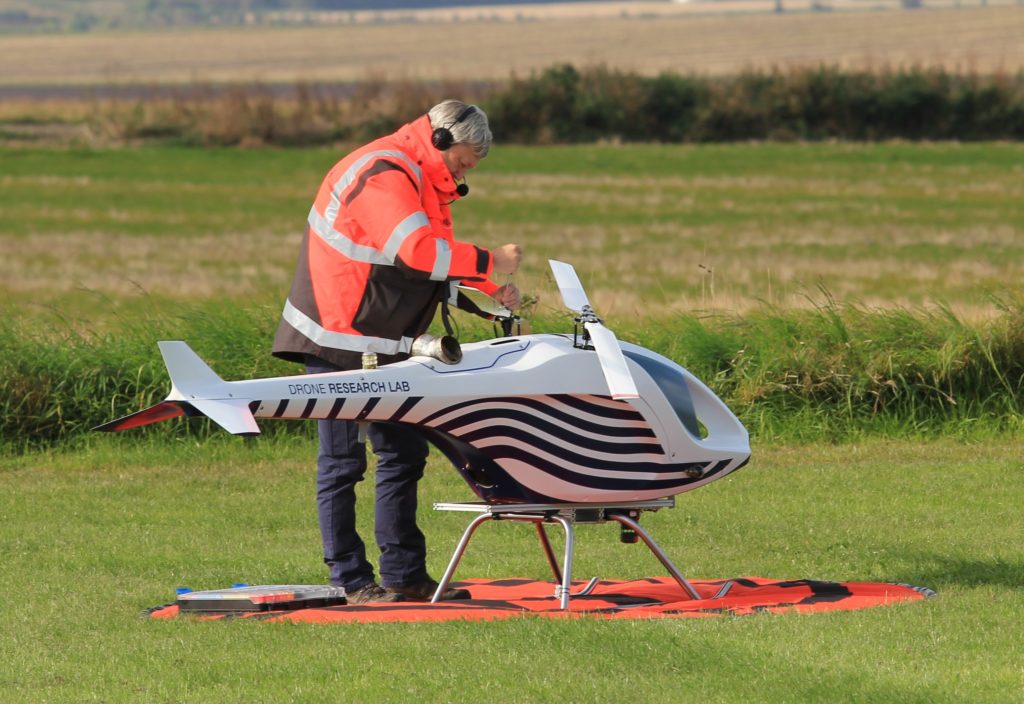
The data shown in the following graphs is from a flight in fairly strong wind, measured at about 8m/s average on the ground. Since it was hard to determine to what extent the wind sensor was measuring the ambient wind and not just turbulence from the aircraft rotor, the aircraft was in hover (i.e. maintaining position) and the heading was changed a number of times. If the measured wind direction was relatively stable and correlated with the aircraft heading, the measured wind speed could most likely also be trusted. The graph on the left shows the compass heading of the aircraft compared to the measured wind direction using the FT sensor. The graph on the right shows the associated measured wind speed. Since the correlation was in fact quite close, the wind speed reading was also assumed to be reasonably accurate. 
The video below shows the flight from a ground tracking camera. The data shown in the graphs above starts at video time 4:07. The large change in the direction at 12.03.50 in the graph occurs in the video at 5:05.
Conclusion
“The FT742-SM has turned out to be useful for wind measurements, including when located below the larger unmanned aircraft. We plan to continue using the sensor for determining the wind speed and direction during future flights, especially on longer flights beyond visual line of sight where it is important not to exceed the specifications of the aircraft when operating in strong wind.”
Anders la Cour-Harbo
Associate Professor, MSc Math, PhD Manager, Drone Research Lab
Aalborg University (AAU)
Denmark








